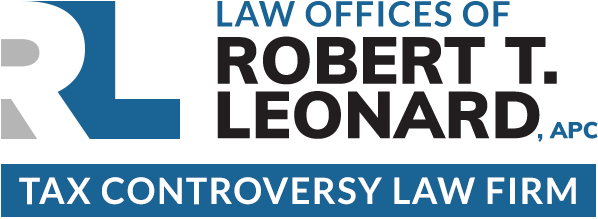The new Tax Cut and Jobs Acts, also known as TCJA, has changed expensing, tax credits, deductions, and depreciation for business tax filers. There have also been recent changes that were designed to affect individual taxpayers that have had ramifications for how businesses file their taxes as well. Both businesses and individual who report self-employment income should review these changes to determine how it will affect their business situation.
How TCJA affects business deductions
Under Section 199A of the law, pass-through entities may be able to deduct up to 20% of their qualified business income, which can create a significant deduction for self-employed workers and smaller business entities. Other deductions that were altered under the new law include meal and entertainment expenses in which businesses could deduct up to 50 percent off of any type of meal or entertainment expense that occurred immediately before or after a business or trade discussion. Businesses can still deduct the 50% on meals that were provided to their client by the taxpayer or an employee of the taxpayer, with the stipulation that the meals are not excessive or extravagant.
Other changes in deductions include a change in the limits of the deduction for business interest, which is limited to business interest income plus 30% for businesses with $25 million or less in average gross receipts.
Like-kind exchange, once allowed for exchange of certain personal, real, or intangible property has now been limited to only certain exchanges of real property. Deductions will also no longer be allowed for payments made in cases of sexual abuse or harassment.
Another major effect to deductions was the removal in most instances to carryback a net operating loss which used to be allowed to be carried back two tax years. Starting in 2017 most NOL can only be carried forward.
Changes to business depreciation
TCJA also created some major changes in how businesses record depreciation. Under the previous law, certain business assets, including equipment and buildings were allowed to be depreciated over time. Other equipment types, such as computers and property improvements, were allowed an immediate deduction of 50% in 2017 followed by 40% in 2018, and 30% in 2019. The new law does not allow for 100% of expensing property that was placed in service after September 2017. After 2022, that allowance will typically decrease by 20% each year.
Other changes include a rise in the amount of qualified business assets that can be deducted. Originally a $500,000 maximum, with a $2 million threshold was now increased to $1 million allowed deductions, with a phase-out threshold to $2.5 million. Another increased depreciation limit occurred for a passenger vehicle. When the bonus is not claimed, the greatest allowable depreciation is $10,000 for the first year, $16,000 for the second, $9,600 for the third, and $5,760 each subsequent year.
The TCJA also changed the alternative depreciation system recovery period for rental properties. Lowering it by ten years from 40 to 30. Leasehold improvement property that is qualified is no longer defined separately and is instead given a special recovery period of 15 years under the new law.
TCJA’s effect on fringe benefits
Qualified bicycle commuting reimbursement is now counted as a business expense and is 100% reimbursable in employment wages, subject to their employment and income taxes. For businesses that reimburse an employee for moving expenses, those moving expenses are now subject to income and employment tax, except for qualified members of the armed forces.
Changes to business structure and accounting methods
TCJA added a tax credit for employers providing paid family and medical leave to their employees for wages between December 31, 2017, and January 1, 2020. Credits can range up to 25 percent. The changes to the business structure include the use of the cash method of accounting which was previously only available for businesses with less that $5 million in the annual gross receipts over a three-year period. The new law now allows business with average gross receipts of $25 million or less over a three-year period to use the cash method of accounting which can exempt more businesses for accounting rules pertaining to inventory, long-term contracts, and cost capitalization.
